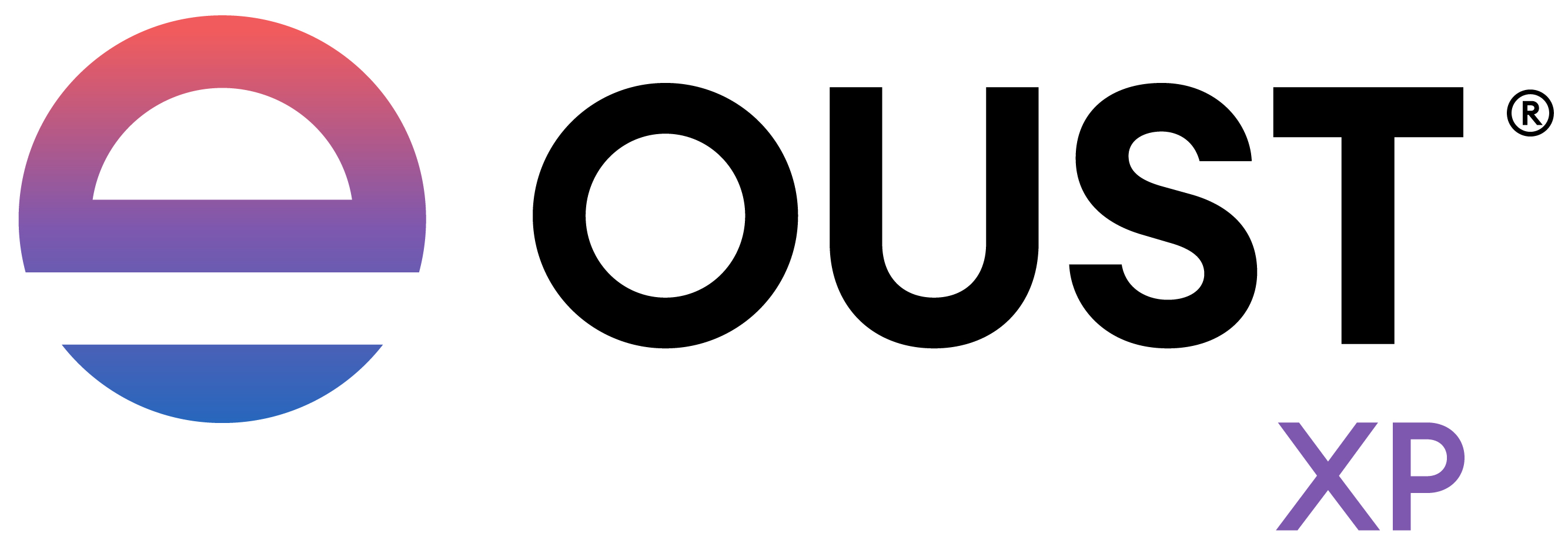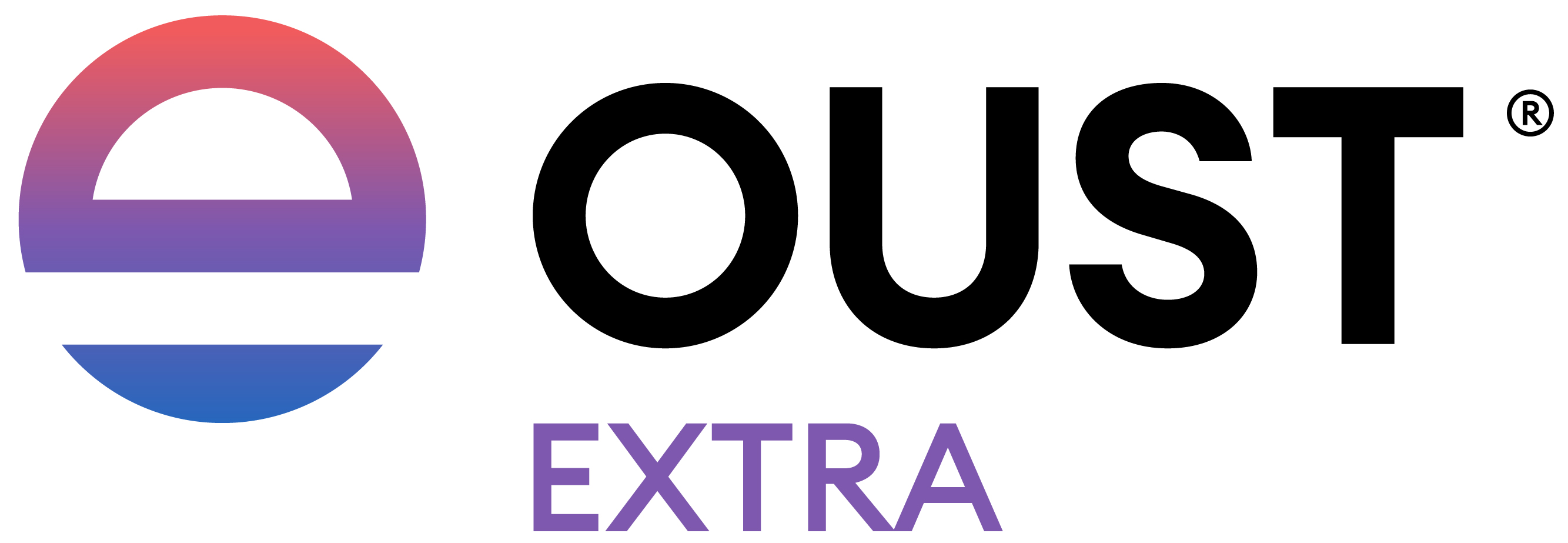Method 240SL
Method 240SL
Product Overview
Spray programs are not all created equally as every climate, operation and region faces unique challenges. With Method, a foundational herbicide for broadleaf and brush control, vegetation managers have the power to design a precise tool that meets the needs of their operation. This helps simplify their operation and save time and money.
Key Benefits
- Flexibility in spraying and custom blending
- Reduce inventory – Method is used in bareground, selective weeding, invasive, foliar brush, cut stubble, basal, cut stump, and hack and squirt applications
- May be used for Individual Plant Treatments in all rights-of-way VM sites transecting grazed areas*
- Combine it with Esplanade® for a dynamic bareground solution
- Custom blend or add mixing partners to suit your specific application targets
- Improved accuracy when mixing
- Flexible use rates – typically 4-8 oz. per acre for Selective Weeding, 10-18 oz. per acre for Brush depending on the species and up to 18 oz. per acre for Bareground
- Enhanced productivity
- Reduced labor, inventory and transportation costs
- Reduced packaging and disposal
- Reliable in all vegetation control settings
*See approved label for VM use sites
Use & Control
Brush: Autumn olive, Eastern baccharis, box elder, Brazilian pepper, buckthorn, callery pear, hackberry and sugarberry, huisache, loblolly pine, mesquite and more
Caution: Injury or loss of desirable trees or vegetation may result if Method is applied on or near desirable trees or vegetation, on areas where their roots extend, or in locations where the treated soil may be washed or moved into contact with their roots. Certain species of conifers, deciduous trees, and ornamental shrubs may be sensitive to low levels of Method.
Always read and follow label instructions. See the product label for a full list of weeds controlled.
FAQ
What is Method 240SL?
Method 240SL is a preemergence and postemergence herbicide that controls a wide range of broadleaf weeds, vines, and brush species, including many that are listed as noxious or invasive. It is used in a variety of industrial and non-crop settings such as pipeline and powerline rights-of-way, roadsides, and railroads, and may also be used in natural areas and lands managed for wildlife.
What are the active ingredients in Method 240SL herbicide?
Method 240SL is a soluble liquid consisting of potassium salt of aminocyclopyrachlor.
How does Method 240SL work?
Method 240SL herbicide mimics effects on the plant’s own enzymes and blocks the growth of plants by interfering with the hormonal balance required for normal shoot and root development. It is taken up by both the roots and shoots and, once inside the plant, is translocated to the parts of the plant that are rapidly growing. Typical symptoms include twisting of the leaves and stems, which can become apparent in a matter of hours. This abnormal growth will cause the plant to die over a period of time, with more susceptible plants dying in a matter of days.
What broadleaf weeds and brush does Method 240SL control?
Method 240SL herbicide controls the following broadleaf weeds and brush. See the product label for a complete list.
Broadleaves: Bindweed, knapweed, leafy spurge, horseweed/marestail, kochia, poison hemlock, prickly lettuce, Russian thistle, Canada thistle and more
Brush: Autumn olive, Eastern baccharis, box elder, Brazilian pepper, buckthorn, callery pear, hackberry and sugarberry, huisache, loblolly pine, mesquite and more
Where can Method 240SL be applied?
Method 240SL herbicide can be applied to non-crop areas including airports, highways and roadsides, railroads, pipeline and utility rights-of-way, sewage disposal areas, industrial areas, farmyards, fuel storage areas, fence rows, non-irrigation ditch banks, barrier strips, lumberyards, pumping stations and tank farms, restoration areas, natural areas, wildlife management areas, wildlife openings, and wildlife habitats.
It also may be used to treat marshes, swamps, and bogs after water has receded, as well as seasonally dry flood deltas. Do not apply directly to water and take precautions to minimize overspray to open water when treating vegetation near the water’s edge.
Can Method 240SL be used in grazed areas?
No, there is no grazing tolerance. tolerance. Method 240 SL can be used in all VM sites that transect grazed area by utilizing proper IPT (individual plant treatment) techniques and following the approved supplemental label directions. Follow your state guidelines with regards to supplemental labels.
Is Method 240SL a good choice for custom blends?
Method 240SL herbicide is the foundation for custom blending to control up to 56 broadleaf weeds and brush in a variety of climates, operations and regions. It can be blended with Escort XP for an even broader spectrum of brush control. Custom blend with Esplanade® for an outstanding bareground solution.
Is Method 240SL safe to use around fish and other aquatic animals?
Testing has shown that the active ingredient in Method 240SL herbicide breaks down rapidly in water when exposed to light. When Method 240SL is used according to label instructions, there are no unreasonable adverse effects to the environment.
What happens if people or pets walk through an area that has been sprayed with Method 240SL?
When Method 240SL herbicide is used according to label instructions, there are no unreasonable adverse effects to the health of humans or pets.
How long will Method 240SL remain in soil that has been treated?
Method 240SL herbicide is degraded by microbes in the soil. However, the rate at which it is degraded can be highly influenced by temperature and moisture of the soil, as well as biological activity and soil type. Because of this, the length of time Method 240SL will remain in the soil can vary. Generally, herbicide degradation is slower when soils are cold and dry, and faster when soils are warm and wet.




